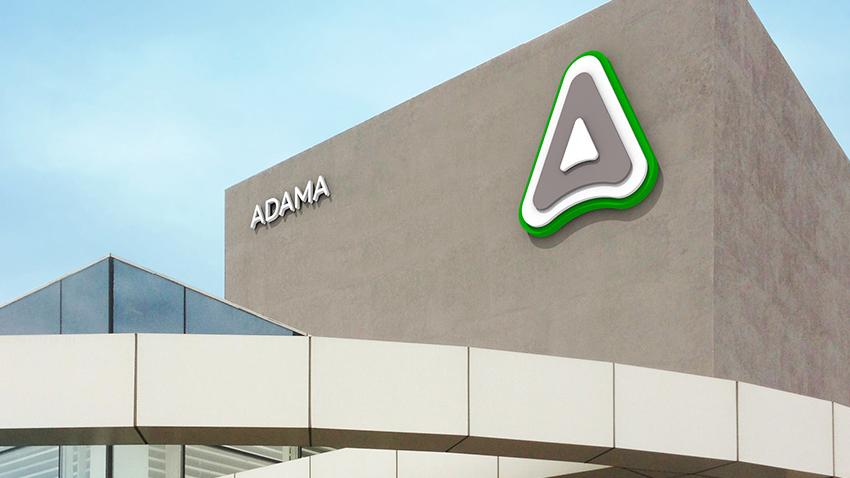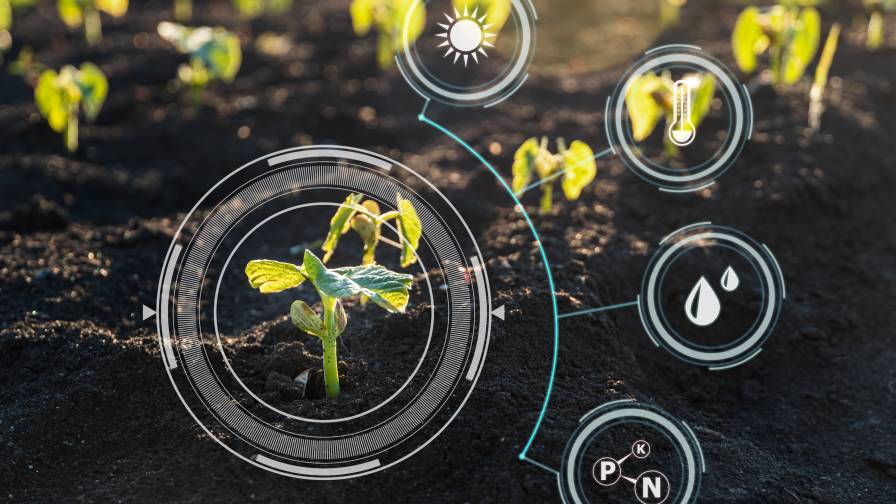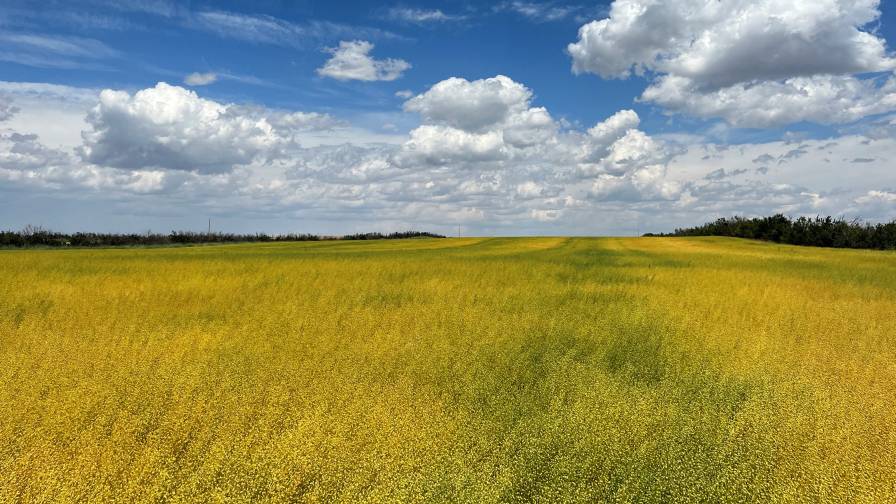Smallholder Farmers Seek Access to Fertilizer Technology

GLOBAL nutrient demand jumped almost 20% between 2000 and 2009, and it is expected to reach an estimated 178 million metric tons in 2011/12, says a new report from the International Fertilizer Industry Association (IFA).
World fertilizer demand has been on the rise due to a growth in population, yet many smallholder farmers have yet to gain access to it or use it properly.
“After its sharp drop in 2008/09 due to the economic recession, fertilizer demand has quickly rebounded,” says Patrick Heffer, director of the IFA’s Agriculture Service. “World demand will have fully recovered for all three macronutrients in 2011/12.”
About 60% of total fertilizer volume is consumed in Asia. At the regional level, South Asia, East Asia and Latin America are the main drivers of the increase in global demand, Heffer says. However, in the next three decades, demand will shift to Sub-Saharan Africa.
Limited resources continue to cause food security issues, but advancements in technology now give farmers the ability to produce better yields using less fertilizer. Still, smallholder farmers do not have access to distribution channels.
With world population on track to expand from seven billion to nine billion people by 2050, the challenge to meet the food demands of 2 billion more people is staggering, says Sarah Monke, Director of Public Affairs and PAC Coordinator, The Fertilizer Institute (TFI).
In order to double food production by 2050, it is going to take global coordination and collaboration across a wide range of industries, Monke says.
“The fertilizer industry is preparing for increased demand for crop nutrients as a result of increasing demand for food by expanding production capacity,” she says.
Advances in infrastructure, pricing policies and changes in regulatory policies are crucial to making fertilizer more available to smallholder farmers.
Fertilizer Efficiency
Since 2008, the fertilizer industry has spent close to $40 billion in generating new capacity for the nitrogen, phosphorus and potassium, the three key nutrients. Another $80 billion will be invested between 2011 and 2015, according to the IFA.
“The world’s options for increasing food production are limited by the supply of land and water,” Monke says. “For over half a century, the world has relied on increasing crop yields to supply and ever increasing demand for food.”
Investment in fertilizer research comprises only 0.1% of companies’ total revenue, according to Dr. Amit Roy, president and CEO of the International Fertilizer Development Center (IFDC). Yet, R&D companies spend an estimated 9% of their revenue of seed research.
“In terms of food production, what we now have to do is find ways to match new fertilizers with new varieties of seed that are being developed,” Dr. Roy says. “In order to do so, we have to go beyond chemistry and get knowledge from areas where there is advanced research with advances in science and technology.”
Breakthrough technology could come through examining research that has been done in other fields such as the biosciences and pharmaceuticals. The problem is efficiency, he says. New fertilizers must complement newly developed seeds, and the fertilizer should release the nutrients only when the plant needs it to reduce runoff and over-usage.
For example, in Bangladesh, farmers are applying too much urea, the most common fertilizer used in the country, Dr. Roy says. About 70% of the product is lost due to water runoff.
“The key to solving these types of issues is to provide smallholder farmers the technology to double efficiency and increase their yield,” he says. “The challenge is to provide these nutrient types to improve efficiency and produce food while land and water resources are dwindle.”
Finding alternative nutrients and products to phosphorus will also become more critical as estimates indicate that supplies could run out in as little as 130 years.
“It is a finite resource, and we need to improve efficiency of extraction of phosphate,” Dr. Roy says. “We suddenly have to look at use efficiency as well.”
Phosphorus is a component of DNA and plays vital roles in capturing light during photosynthesis, helping with seed germination and plants’ water use efficiency, Monke says. Plants also use phosphorus to fight external stress and prevent disease.
The reduction in supplies will eventually increase prices and the potential for countries to try to line up captive supplies, says Dr. Michael Duffy, director of the graduate program in sustainable agriculture and professor of economics, Iowa State University.
“Currently, prices for nitrogen will be more dependent on what happens with oil,” he says. “Phosphorus should be higher and but potassium is projected basically flat.”
In addition, policy constraints such as pricing procedures, import and export issues and lack of government investment, most prominently in Sub-Saharan Africa, are threatening smallholder farmers.
Increasing fertilizer use in some countries and improving fertilizer management through more balanced and more efficient applications in other countries could dramatically boost crop productivity and food security in many parts of the world, Heffer says.
But it won’t be easy: “An enabling policy environment has to be put in place, necessary infrastructures have to be built to facilitate access to the input and output markets, fertilizer recommendations should be updated and access to credit and knowledge should be improved,” he says. •





